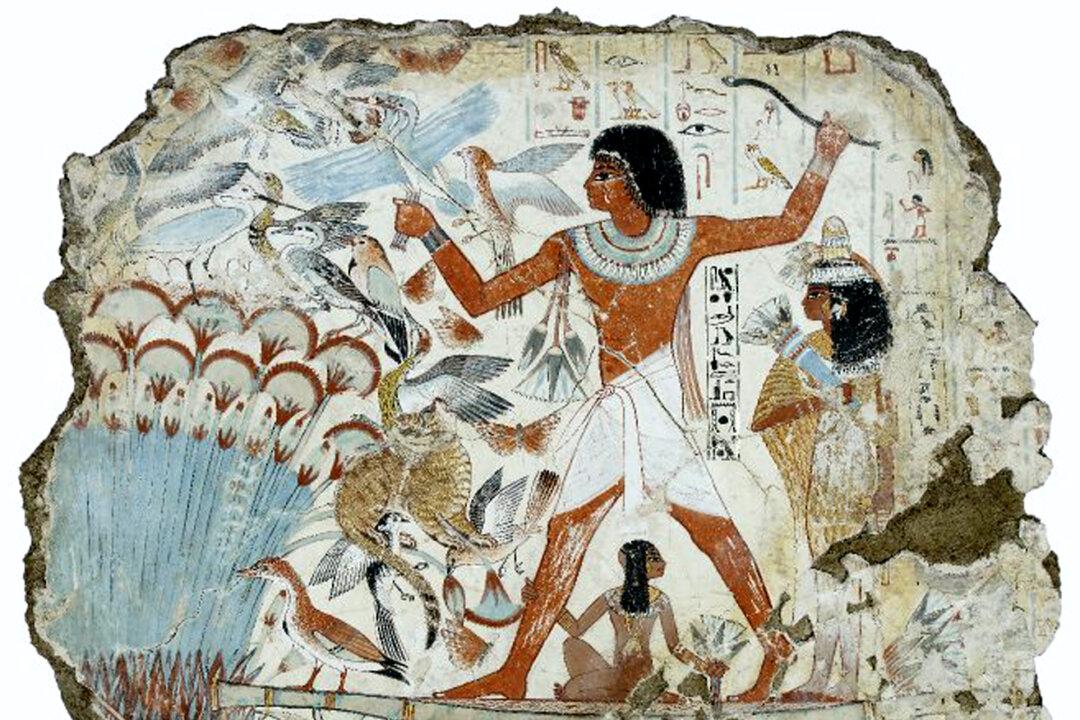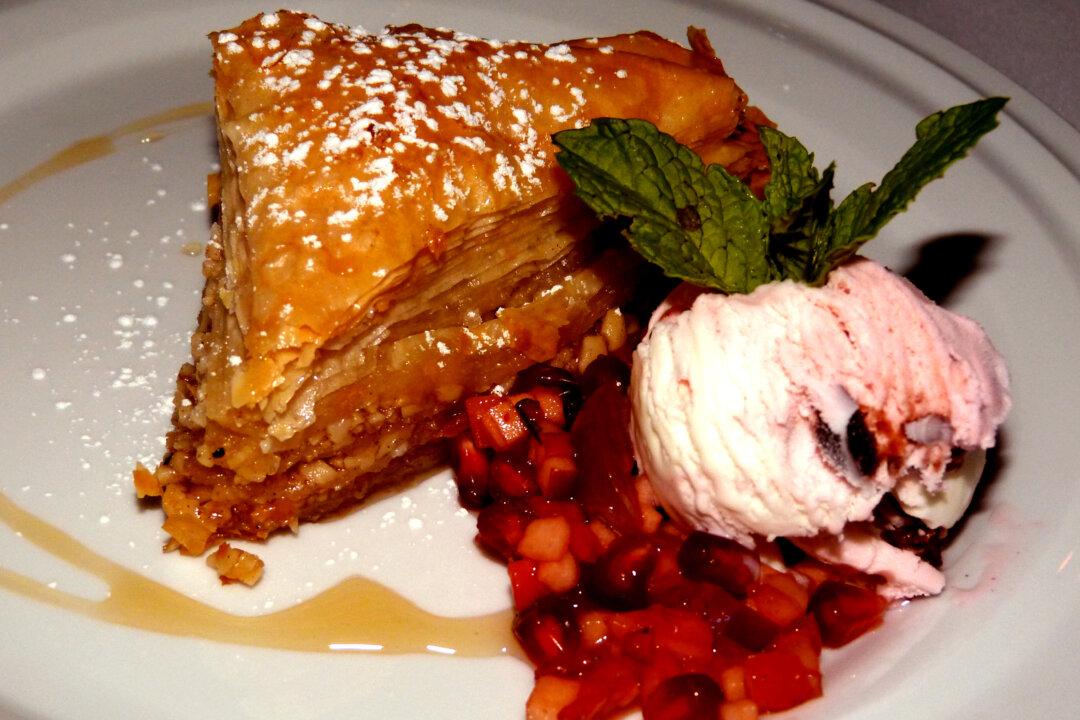Fish and shellfish are becoming, more and more, part of America’s everyday diet.
Fish and seafood are replacing the meat-and-potato meals of the past, especially in haute cuisine kitchens of trendy East and West Coast restaurants where chefs espousing the New American Cuisine are preparing outrageously good fish and shellfish dishes.
However, it is not only the haute cuisine establishments that have opened their menus to seafood. Ethnic groups from South and Central America and the Far East are bringing in their food preferences as part of their culture and the restaurants that cater to these groups, as well as home cooks, prepare Ceviche, Congrio Frito, Tom Yam Kung, Grilled Octopus, Pastéis de Bacalhau, Curried Mackerel, and Kimchi, and hundreds of other dishes.
And where is all this fish and seafood coming from? Only so much wild catch can be had from both the Atlantic and Pacific.
In the past, certain species of fish have been over-harvested almost to extinction. So, the answer is aquaculture … fish farming.
Fish farming has been practiced for thousands of years. The Greek were fans of farmed tilapia and Aristotle is believed to have named the fish Tilapia Niloticus—Fish of the Nile—in 300 B.C. Egyptians show fish farming in the Nebamun tomb paintings dating as early as 2500 B.C. The Roman emperors built ponds in their seaside villas to nurture giant carp and eel. In China, carp has been farmed both as a food staple and as an ornamental addition (brocaded carp) to garden ponds. And, of course, oysters, clams, and mussels have been cultivated since ancient times.
Today, more species of fish and shellfish are farmed in more parts of the world. The shores of the Mediterranean are dotted with fish and shrimp farms.
Sea bass, sea trout, abalone, and conch are cultivated on the Pacific Coast of Chile. Trout is farmed in rivers and streams of both the Northeast and the Pacific Northwest here in the United States, as well as France, Italy, Portugal, Honduras, and Ecuador.
Atlantic salmon, nearly extinct from over-fishing, is now plentifully available from fish farms in the United States, Canada, Norway, and Chile.
Striped bass has long been a favorite on American tables; striped bass was one of the fish caught and eaten by the Pilgrims in Massachusetts and the early Virginia settlers. Now, hybrid striped bass, a cross between an Atlantic striped bass and a white bass, is available in fish markets and can be had live, fresh, or frozen. Fresh dressed hybrid striped bass can be harvested at any size; it is usually available in 1-, 2-, or 3-pound sizes. A three-pounder makes a great base for fish-soup.
Different fish varieties, farm-raised catfish; tilapia (a fish that played a prominent role in the Biblical story of the loaves and fishes); freshwater and saltwater shrimp; and oysters, clams, and mussels are delivered fresh every day to fish markets, supermarkets, and restaurants.
The “catch of the day” featured on many menus is farmed fish, processed and delivered to a restaurant’s kitchen in less than 24 hours from fish farms in the United States and Europe. Every cooking technique, broiling, boiling, grilling, poaching, stewing, braising, sautéing, deep or pan-frying, or baking can be used with aquacultured products.
Unlike meat, fish and seafood are cooked with high heat and a short cooking time, as there is no need for the flesh to be tenderized by the cooking process. In addition, cold or hot smoking, especially for salmon and the different varieties of trout, imparts lovely aromas to the fish when different fruitwoods are used.
Fish is low in sodium and fat and high in omega-3 antioxidant. Fish is good for you. Enjoy!
Manos Angelakis is a well-known food and wine critic based in the New York City area. He has written about numerous top-rated restaurants, including Michelin-starred establishments in the United States, France, Spain, the U.K., and Italy. He is the senior Food & Wine writer for LuxuryWeb Magazine www.luxuryweb.com and The Oenophile Blog www.oenophileblog.com




